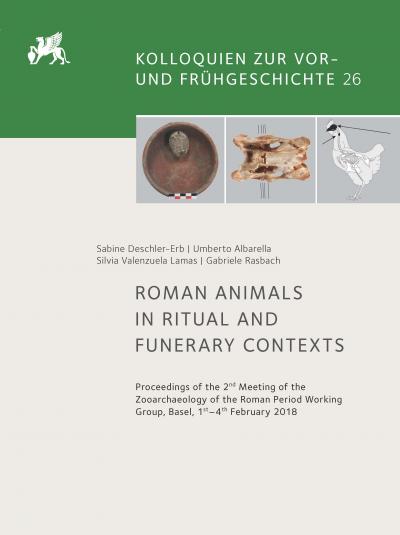Sacrificing dogs in the late Roman World? A case study of a multiple dog burial from Viminacium amphitheatre
https://doi.org/10.34780/ad6xl0ecvj
List of Contributors
- Sonja Vuković [Chapter Author] https://orcid.org/0000-0003-2731-2146
- Mladen Jovičić [Chapter Author] https://orcid.org/0000-0001-8215-6487
- Dimitrije Marković [Chapter Author] https://orcid.org/0000-0001-9339-9898
- Ivan Bogdanović [Chapter Author] https://orcid.org/0000-0003-4560-7861
Synopsis
In the course of excavations at the arena of the abandoned Viminacium amphitheatre (Serbia), within the broader area of the late Roman graveyard, a deposit has been discovered of a multiple dog burial that dates back to the 2nd half of the 4th century AD. Archaeozoological and taphonomic studies of dog remains have revealed that at least 13 partial dog carcasses of both puppies and adult dogs of different phenotypes had been jointly buried, after possible roasting and carcass processing. By corroborating archaeological, archaeozoological, ancient text data, as well as similar instances of dog burials from the Roman world, a number of potential interpretations of the deposit have been arrived at, from ritual sacrifices to chthonic deities, all the way to the functional slaughter, or some kind of combination of the two.




